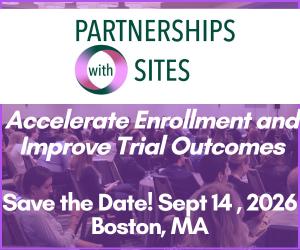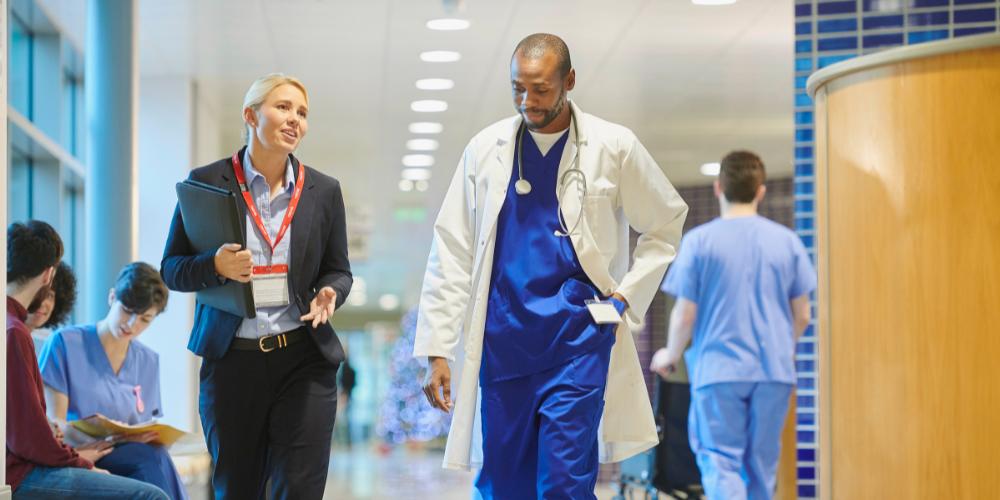Enhancing Regionalized Heart Disease Care and Research at The Christ Hospital
Timothy Henry, MD, discusses how he led the development of a prospective registry of patients with heart disease to enable their participation in clinical research and improve patient outcomes. Dr Henry is the Lindner Family Distinguished Chair in Clinical Research and Medical Director of The Carl and Edyth Lindner Center for Research at The Christ Hospital in Cincinnati, Ohio.

You’ve prioritized enhancing regionalized care for patients. Can you tell us about how you’ve gone about that?
I’ve always been very involved in treating patients with acute myocardial infarction, including the first use of TNK- TPA at Hennepin County Medical Center in Minneapolis. I moved to The Minneapolis Heart Institute in 2002 to become Director of Research. It was clear at that time the early data showed transfer for primary PCI had an advantage over lytic therapy and The Minneapolis Heart Institute was well-suited to test the concept because they had outreach in so many sites around Minnesota.
So we developed a large, regional STEMI system that became the genesis for the American Heart Association Mission Lifeline program. Before then, you would transfer patients occasionally ad hoc when you had cardiogenic shock or a contraindication to lytic, but it was complicated to arrange it, including the transfer plan and treatment strategy, which delayed care.
We developed a standardized protocol with a transfer plan at 4 non-PCI sites and it was extremely successful. We gradually added more sites and pretty soon had over 30 hospitals that were transferring their STEMIs to Minneapolis Heart, out to 200 miles away. We believed it was the right strategy, but I think that the benefits of having standardized protocols and organized transfer plans for all acute cardiovascular emergencies, has far exceeded our expectations. After we established the STEMI network, we created protocols for out-of-hospital cardiac arrest, then cardiogenic shock; we standardized treatment for all acute cardiovascular emergencies including aortic dissection, acute limb ischemia, stroke, etc. All these non-PCI hospitals had standardized protocols in place, with specific orders and transfer plans.
The connection between clinical research and clinical care was a critical factor.
Can you expand on that?
I believe clinical research and clinical care are inseparable. When you approach any problem, you need to understand the disease and current treatment options and consider where it can be improved. For example, STEMI. It’s important that we understand every part of STEMI care: the natural history of the disease, the best antiplatelet and timing, the best stent, the best process of care for time to treatment prehospital and in-hospital, the complications of the disease, etc. You need to take a comprehensive approach to the disease to understand how to improve outcomes overall.
We developed a large prospective registry, the Level 1 MI registry. It has now enrolled over 6,000 consecutive STEMI patients. We’ve expanded it now to include 3 other large regional STEMI systems: Christ Hospital in Cincinnati, Prairie Cardiovascular in Springfield and Iowa Heart in Des Moines. The Midwest STEMI Consortium has 20,000 consecutive STEMI patients. It’s incredibly valuable, because it includes detailed clinical characteristics, angiographic characteristics, and long- term follow-up to 10 years.
"I believe clinical research and clinical care are inseparable."
What value does it bring in moments of health crises?
For example, COVID-19 is a disease that frequently leads to ST elevation. We recently created the North American COVID-19 Myocardial Infarction (NACMI) Registry as a joint venture with SCAI, CAIC and ACC. For a historical comparison, we will use the Midwest STEMI Consortium Registry. When you take care of patients, you recognize unmet clinical needs and clinical research allows you to address these needs. They are inseparable in my estimation.
I have also been very involved with Refractory Angina, patients who have ongoing symptoms despite optimal medication therapy and optimal revascularization. These patients have limited treatment options.
For this patient population, we created a large prospective registry so we could better define the natural history. It was called the OPTIMIST program. After defining the natural history and creating a standardized approach and clinic, we did clinical research on new treatment options. There are many new, unique treatment options. The key problem these patients have is inadequate blood supply. To promote and grow new blood vessels, we have tried gene therapy and stem cell therapy. CD34+ stem cell therapy has been very successful in this patient population. We have also new antianginal medications and new devices including the Coronary Sinus Reducer.
There’s a whole series of new, unique trials. Again, the real goal has been to take better care of refractory angina patients. To do that, we need to understand the disease and create better treatment options. So clinical care and clinical research are essentially tied together.
Are you using that registry for identifying people for clinical trials?
Yes, absolutely. We have patients coming to Cincinnati from throughout the United States. Depending on the trial, there are also sites around the country. You make it as convenient for the patient as possible.
Have you ever faced pushback for the innovation you’ve embraced?
There are two key tenets important to me:
Number one, “You need to think outside of the box.” To understand innovation, you have to understand clinical care. Innovation is aimed at solving problems in clinical care. For example, you’re taking care of a patient and they have a challenging problem with an unmet need. Solving the unmet need requires innovation. So it’s triggered by clinical care. The concept of “thinking outside the box” is crucial. I had a patient, a delightful pastor who was over 90 years old and had a wonderful life. Someone once said to him, “Pastor Ed, I think it’s wonderful how you always think outside the box.” And his answer was, “I didn’t even know there was a box.” That’s the way we need to think. We have to be innovating all day long.
The second key factor is to surround yourself with people who try to solve problems. “Perhaps we can solve the problem this way.” I try to avoid people who instead give five reasons why we can’t solve the problem. You need to create a problem-solving culture.
You are the principal investigator for Asklepios Bio’s new Phase 1 Trial, using AAV Gene Therapy for Con- gestive Heart Failure. Can you speak about that?
There is a large patient population with Class III Heart Failure, that despite medical and device therapy continue to have symptoms. Another patient population with an unmet need. In regards to gene therapy, we have had innovations. The genes are better, and the gene products are better. We now have the ability to optimize both the gene and the gene product. This is a unique trial evaluating gene therapy for Class III heart failure patients, that we hope will improve their function. It is a Phase 1 trial and we recently treated the first patient. At Lindner Center, we’ve done a very large number of first-in-man trials. It’s exciting to be on the cutting edge for new and unique therapies. Obviously, it’s too early to know if it works, but we’re excited about it as an option.
What’s coming down the pipeline in cardiovascular health and treatment that you’re excited about?
There is tremendous innovation. In structural heart disease, we’ve witnessed tremendous growth in percutaneous aortic valve disease as well as mitral and tricuspid disease. Shock wave treatment for coronary calcification is a very novel approach. We have multiple trials for patients with refractory angina and those with Class III heart failure.
What’s next for the Lindner Center?
Dean Kereiakes [the Medical Director of The Christ Hospital Heart and Vascular Center, Medical Director of the Christ Hospital Research Institute] was the national PI for the innovative DISRUPT trial using the shock wave therapy for coronary calcification. We’re the coordinating center for the North American COVID Myocardial Infarction registry, which will be critical for understanding the implications of coronavirus in patients with ST elevation.
We have four new trials for refractory angina patients including two first-in-man trials. We have several unique trials for heart failure. We just finished another gene therapy trial, a triple gene for patients on LVADs and we are enrolling in the Ask Bio NanoCor trial.
Can you speak a little bit about the triple gene trial?
We now have successful gene therapy products on the market, and so I think there’s a lot of interest in the concept of gene therapy. In this case, it combines three gene products together. Patients with heart failure don’t have a single mechanism; there are multiple pathways to left ventricular dysfunction. The goal is to address multiple pathways with a single gene.
How is COVID changing the trials you’re running?
It’s been incredibly disruptive; the majority of clinical research across the country has effectively been interrupted. We’ve taken dramatic measures because we were worried about overwhelming our healthcare system with COVID-19 patients. The consequences of those dramatic measures has had unintended side effects: we completely disrupted clinical research in America, and we frightened patients and they became afraid to come to the hospital; they’re afraid to get needed essential care.
We just published a paper in JACC showing a 40% reduction in heart attack patients coming to the hospital. This coincides with an increase in out- of-hospital cardiac arrest and an increase in late complications of STEMI. There has been a dramatic disruption in the US healthcare system, beyond what anyone could have imagined.
To learn more about Clinical Research as a Care Option, visit CRAACOevent.com.






